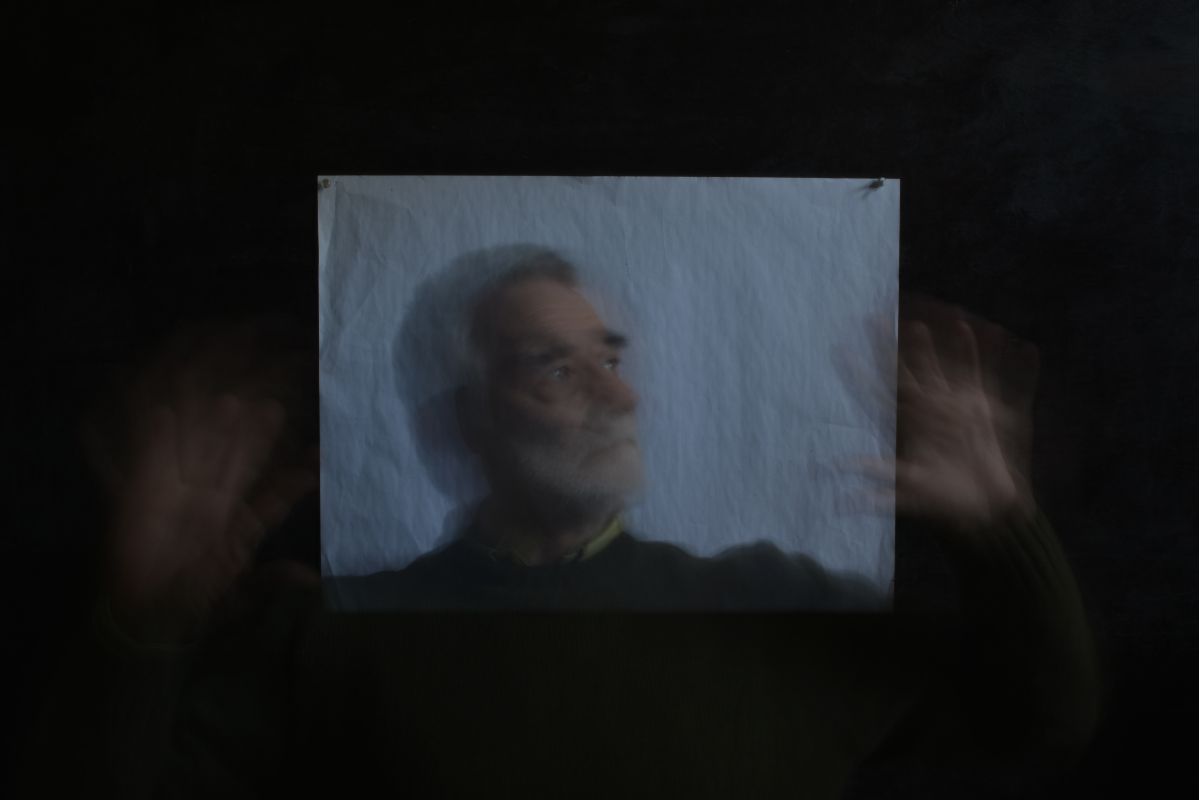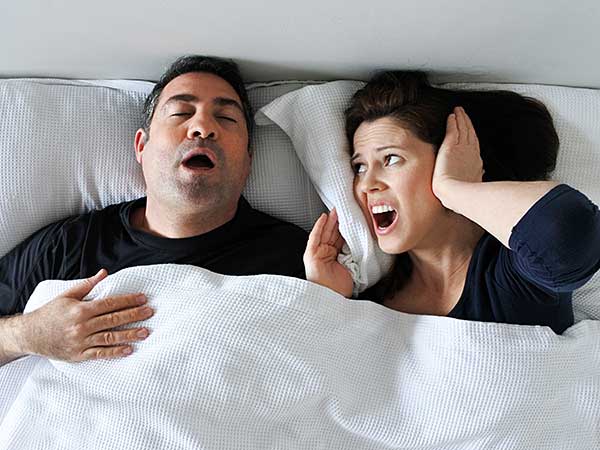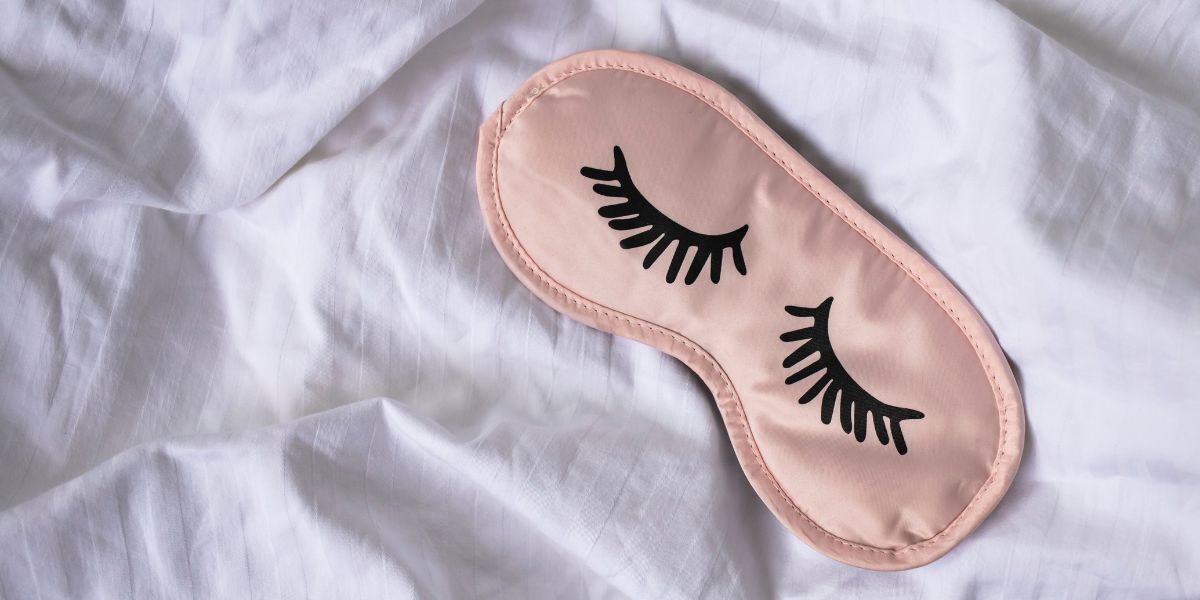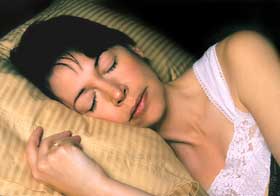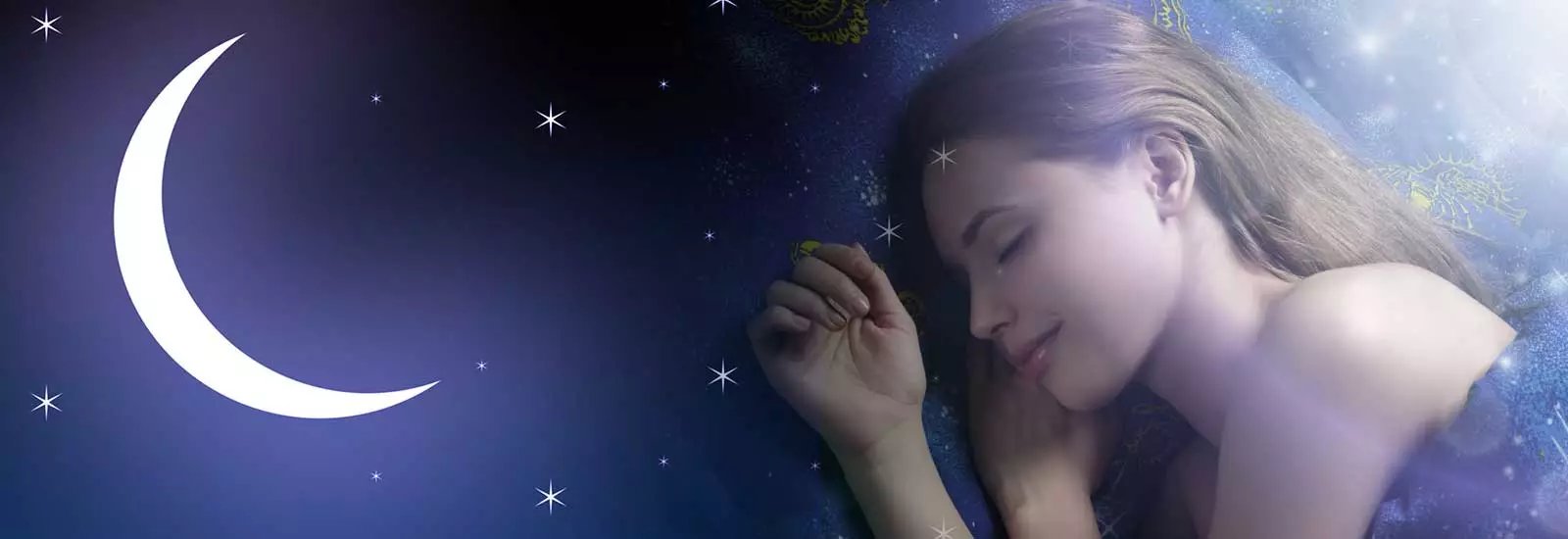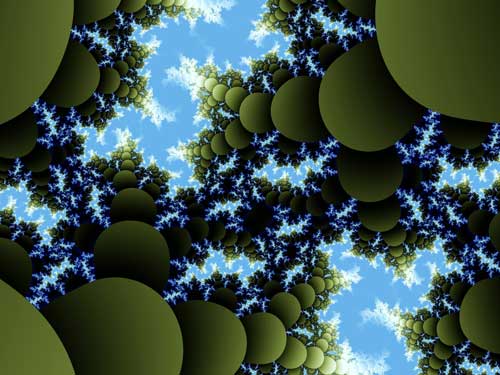What cultures says about sleep paralysis

Cultures throughout the world historically blamed sleep paralysis on ghosts, witches or demons. In our times it is responsible, in large part, for reports of alien visitations. In countries as far apart as Nepal and North America, the incident is described nearly identically. Something or someone is holding the person down, keeping them from
moving.
Some people say that they have “seen” a small figure, about the size of a child, sitting on their chest. The phenomenon of seeing the small child on the chest is particularly common among the Hmong, an Asian ethnic group of people from the mountainous regions of Burma, Vietnam, Laos and Thailand.
Sudden unexpexted nocurnal death syndrome
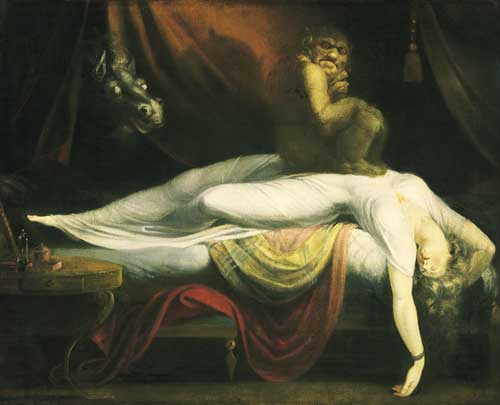
American Hmong are prone to suffer from “Sudden Unexpected Nocturnal Death Syndrome” or SUNDS, a term created by the Centers for Disease Control. SUNDS is believed to be a genetic condition. Victims die as a result of sudden heart attack, without the presence of underlying heart disease, which would explain the sensation of pressure on the chest, but is not really related to common sleep paralysis.
Although spells, curses, demonic possession and poltergeist have been blamed, this is actually a normal occurrence, one that is not usually dangerous and not indicative of an underlying medical problem. The brain shuts down nerve impulses and prevents muscle movement when a person is in a dream state or REM (rapid eye movement).
This is a preventative measure that prevents us from acting out our dreams
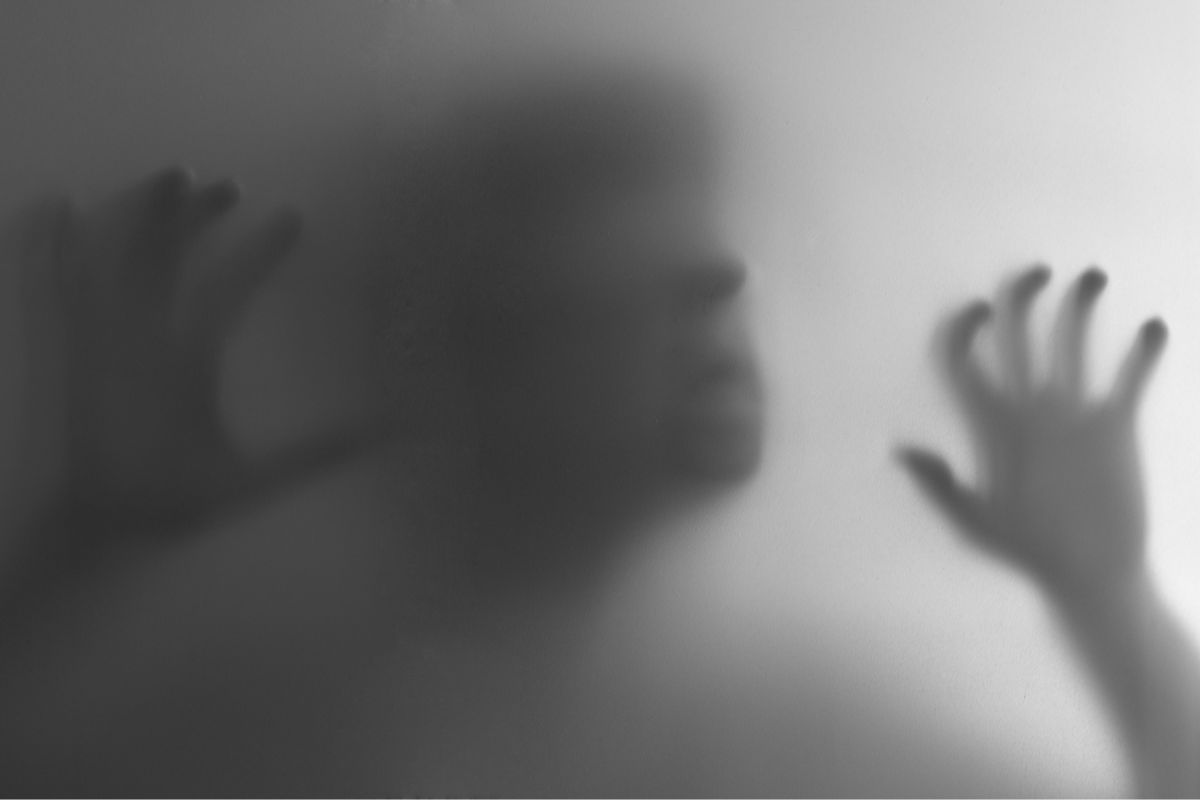
Thrashing about in the bed or moving our arms and legs in tune with what is going on in our dreams would interfere with our rest and could cause bodily injury.
People experience REM differently. Although popular thought may be that dreams occur during the deepest of the sleeping stages, our brains are actually closer to being awake, in terms of electrical activity, than to being sound asleep.
There is a stage between the state of being fully conscious and being in the dream state. It has been difficult to identify the stage exactly on EEG monitors used during sleep studies, but it is in this in-between stage that sleep paralysis is experienced consciously.
Sometimes in troublesome dreams, we feel the need to run, fight or cry out, but we cannot move in the dream state. It is theorized that the brain activity during those dreams is similar to what is going on when someone is awake and conscious of sleep paralysis.
Similar experience with sleep paralysis
